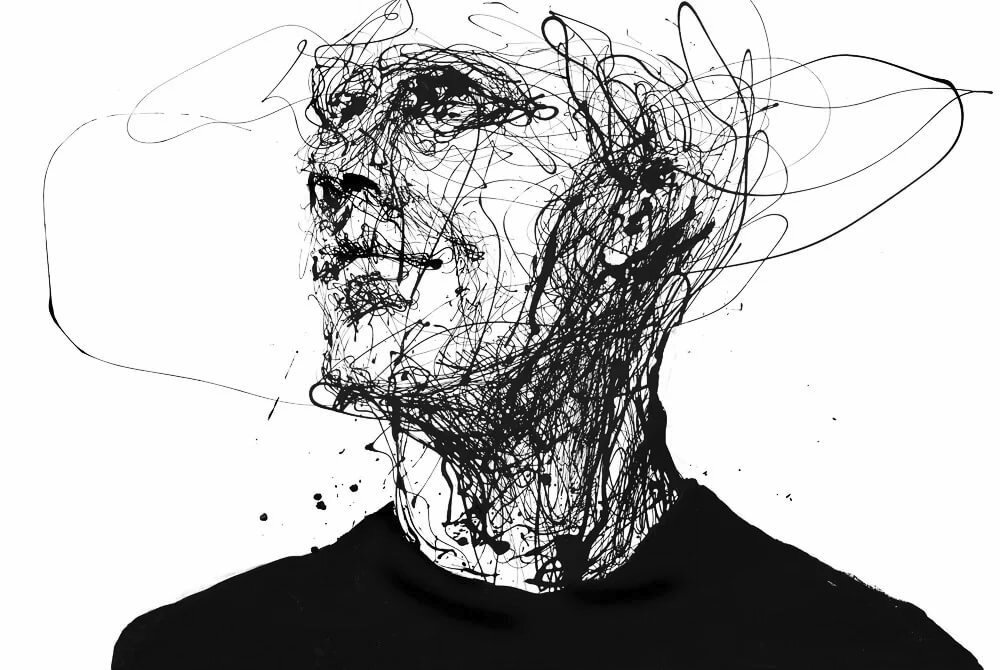NLP: Active Dreaming by Judith DeLozier
I want to share a useful exercise that will give you experience with “new coding.” It comes from Native American traditions and is called “Active Dreaming.” This is similar to daydreaming and is a way to solve a problem or simply enjoy the process. The exercise uses a modeling state, focused attention, filters, and triple description to gather information from more of your mind.
Step-by-Step Guide to Active Dreaming
- Set an intention or choose a filter. For example, you may need to make an important decision or have a problem you want to solve. This is what you’re asking the greater part of your mind to filter information about.
- Enter a state of not-knowing, or “nerk-nerk” state. This state has the following characteristics: no internal dialogue, vision that is more peripheral than foveal, and absence of excess tension. It’s helpful to scan your system and check for any tension. I call this clearing qualitative states. The idea is to go through your body and ask: Is there tension in the system, and does it need to be there? When you start trying too hard, your shoulders rise, your attention narrows, and the harder you try, the more it contracts. Not everything needs to be relaxed. You might need a little tension—it lets you know you’re alive—but not too much.
- Take a walk in this state. Be open to everything happening around you and ready to notice when the outside world offers you a symbol. I’ve found it usually takes 5 to 10 minutes before I become aware of a symbol. This symbol can be visual, auditory, or even something like stepping in mud! Just be available for it. There are two ways to think about this. The Western way is to say the unconscious simply grabbed onto an important symbol. Native Americans would say the universe just gave you a gift. Both perspectives are beautiful, but they are different. Remember to walk gracefully and easily.
- If the symbol is meaningful for your original intention, decision, or problem, become the symbol. Move into the second position in relation to the symbol. Ask yourself: “If I am this symbol, what qualities do I have?” For example, if a certain tree clearly stands out to me—that’s my symbol. If I were that tree, what are my characteristics as a tree? I might be firmly rooted, with a flexible top, birds building nests in me, and small animals coming to visit.
- Move into the third position, as an observer or witness. From this third position, notice the relationship between the information the symbol holds and your intention. How are your intention and the symbolic information connected? How does your thinking change with this information? Maybe you’ll find ways to be more flexible about your intention. Maybe you’ll change your perception of time, and that will be the key to making a difference.
For me, the result of this exercise is discovering new information. I want to use my conscious mind to set the intention, because that’s where the problem is perceived. This assumes the channels are open to more of the mind. It’s also a way to continue deepening the connection between the conscious and unconscious.



